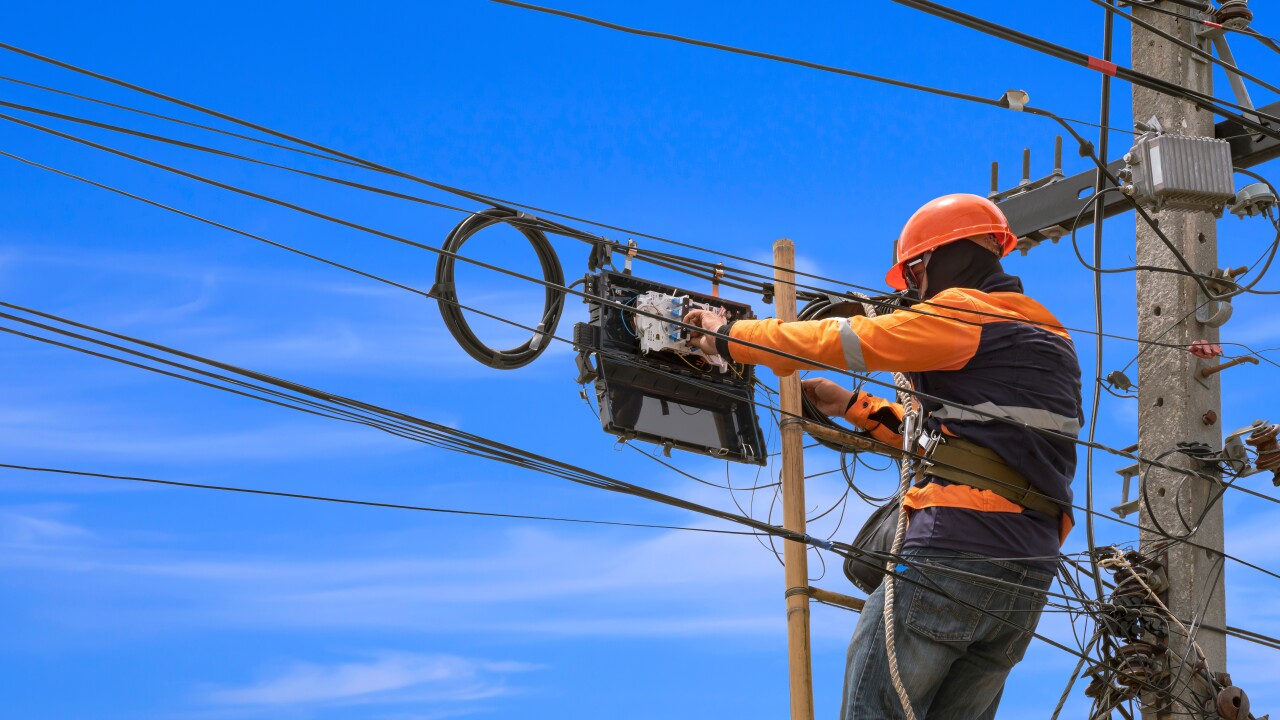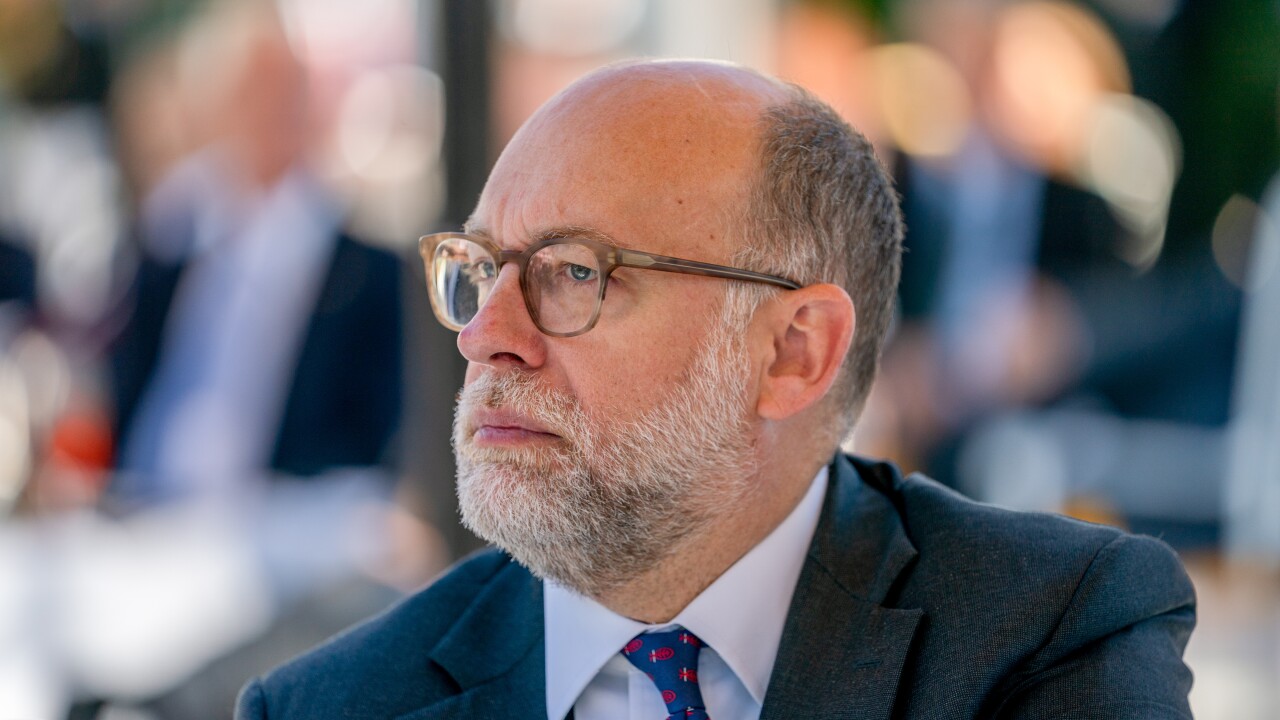What a difference a year makes.
Many predicted that commercial and industrial lending would be one of the industry’s bright spots in 2019. For a time, they were right.
But, starting this spring, C&I loan growth started to slow noticeably. It’s unlikely to be a short-term blip, according to bankers and analysts, for reasons ranging from recession worries to labor shortages. The weakness appears to be hitting several industry sectors, too, including automotive, energy and railroads.

Making matters worse, the London interbank offered rate, the
As Libor and other interest rates fall, banks need strong revenue growth as an offset. But C&I loan demand seems headed in the wrong direction.
“C&I now seems to be in the midst of a more precipitous slowdown,” Scott Siefers, an analyst at Sandler O’Neill, wrote in a Dec. 16 research note.
The 2.7% year-over-year growth rate in C&I loans for the week ended Dec. 4 was the “weakest showing since March 2018 and is a far cry from the double-digit pace we witnessed earlier this year,” Siefers said.
Siefers’ comments were based on the
The weakness is likely to persist among large banks as their corporate borrowers are chastened by trade wars and political uncertainty tied to the 2020 presidential election, said Bain Rumohr, an analyst at Fitch Ratings.
“The expectation is that business confidence falling will certainly weigh on loan growth,” Rumohr said.
Adding to the pressure is the struggle to find workers, as unemployment hit a 50-year low of 3.5% in November. Many bankers said at a recent investor conference that commercial customers are reluctant to make big capital investments that would create more jobs because they are struggling to find workers to fill existing positions.
"The largest concern from our ... commercial customers remains the lack of available skilled labor," Stephen Steinour, chairman and CEO of the $109 billion-asset Huntington Bancshares in Columbus, Ohio, said at a
Smaller banks are also affected by economic and political uncertainty. At the $4.5 billion-asset First American Bank in Elk Grove Village, Ill., total C&I loans were $503 million at the end of the third quarter, down 2% from the second quarter.
“We have definitely seen a slowdown,” said Brian Hagan, Florida market president at First American Bank. “And that’s come after a year where we’ve had several peaks and valleys.”
Some of the slowdown is due to uncertainty by business owners located in areas of the Midwest with a large concentration of automotive-industry-related companies, Hagan said. First American operates 50 branches in Illinois, one of the
“We have a number of manufacturers in the Midwest who are tied to the auto industry, and that’s slowed,” Hagan said.
While
Other industry sectors also face challenges that have suppressed their demand for C&I loans. Shale producers in Texas and neighboring areas
Finally, the drop in Libor is certain to put a dent in profit growth. The 1-month Libor fell from 2.51% on Jan. 2 to 1.78% on Dec. 30, according to the Federal Reserve Bank of St. Louis and FactSet Research Systems. The 3-month Libor fell from 2.79% to 1.91% in the same period.
“Libor compressed throughout this quarter, which will likely place further pressure on loan yields,” Nicholas Cucharale and Brendan Nosal, analysts at Sandler O’Neill, wrote in a Dec. 16 preview of fourth-quarter bank earnings.




